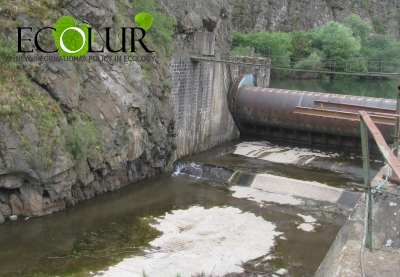

EcoLur
In the framework of the project entitled “Support to SHPP-relating Reforms Through the Dialogue of Public and RA Nature Protection Ministry for Sustainable Use of River Ecosystems” the expert group visited “Dzorahek” SHPP. “Dzorahek” SHPP is located in the administrative areas of Dzoragetavan and Arevatsag communities, Lori Region, on the Dzoraget River (length – 67 km). It’s operated by “Dzoraget Hydro” LLC.
“Dzorahek” SHPP has been operated since 1932. The information about the project solutions of the SHPP construction and water-economic estimates is missing, as it has been constructed before the adoption of RA Law on “Environmental Impact Expert Assessment”. The SHPP doesn’t have environmental impact expert assessment, therefore the information presented about the structures and hydro-energetic indicators is based on the data submitted by the company and visual examinations of the experts.
As a result of the monitoring, the expert group found out:
- The first turbine of the HPP was put into operation in 1931, while the station was put into entire operation in 1932 (with three similar turbines) and has been operating from now on. The SHPP was privatized in 2010 and received the status of a “SHPP” in 2011.
- At the moment of the construction the environmental aspects were not given any importance (fish passway, obstacle-free migration of the fish in the upper reach of the river for spawning, ensuring environmental flow) and any engineering and technical solutions in the SHPP head section for environmental flow and fish passway are missing.
- A cylinder-shaped rolling valve is used as a dam in the SHPP water intake section, which has a length of 23 meters.
- The valve regulated the water flow exceeding the maximum demand of water for the HPP – 28.8 cum/s.
- From the head section the water is directed to 2450-kilometer-long tunnel, which, in fact, takes the role of the pressure pipeline.
- According to the water usage permit, the SHPP takes water for 12 months using annually 637.0 million cum water, nevertheless, it doesn’t mention any amount of environmental flow.
- According to “Dzoraget Hydro” LLC, the environmental flow has been set 1 cum/s, but at the moment of observation the water amount let into the river was around 0.3-0.4 cum/s. The environmental flow was passing in non-regulating manner under and along the valve.
- The SHPP ensured its projected capacity of 26 MW only in May due to maximum water amount.
- According to “Computation Center” CJSC data, in 2014 “Dzorahet” SHPP operated for 12 months and produced 69230604 kW electricity.
- There is no fish passway and fish-protecting net in the head section.
- As the water intake section is not equipped with fish-letting construction, the cylinder-shaped rolling valve of the SHPP has completely cut off the migration route of the fish from Debed to Dzoraget. At the same time, the fish living in the upper reach of the river is deprived of any chance to penetrate into the Deved River and to refresh their genetic pool, while the riverbed down the SHPP head section is almost deprived of water and not suitable for the fish.
- You can meet the following fish species in the Debed River: brown trout, the South Caucasus spirlin, Kura barbell, the Sevan Khramulya (red-listed in Armenia), the Kura loach, the Kura bleak, the Kura nase: the rainbow trout and, sometimes, carp often flow here from fish farms.
- There is no fish-protecting in the head section. There are only garbage-collecting nets (the distance between slots is 8 cm and over), through which almost all the fish in the Dzoragt can appear in the pressure pipeline.
- The area of the station is improved and greened.
- The transformer substation is fenced, there are three transformers installed, which are not equipped with an oil-collecting system.
- At the moment of observation only one of the installed three hydroturbines was operating with 9000 l/s water amount. The hydroturbines were produced in the 30’s in the last century. All measuring and registering devices also date back to the same era. One of the hydroturbines is of English production, while the other two were produced in Kharkov and Saint Petersburg.
- Household wastewater is discharged to a water-proof well.
- There is no water-meter sealed by a relevant environmental body in the water intake.
- There is no automatic management system of water level in the water intake.
- There is no electric shield installed in the station.
- The use water amount is estimated through the ultrasound-measuring devices installed on the pipes.
Proposals
1. To reconstruct the dam in the water intake section to ensure sufficient water in the riverbed and the availability of a fish-letting structure.
2. To install a fish-protecting net.
3. To ensure environmental flow through installing automatic management and measuring devices and to send online data to the competent body.
4. To install oil-collecting systems under the transformers.
5. Given the hydrological nature of the river, to review the hydroeconomic estimates of the SHPP and to set precise criteria of water usage for the SHPP – natural yield of the river, yield used for the SHPP according to months, environmental flow, free water usage etc.
6. To entirely eliminate the dam or to open a hole in it to recover the natural riverbed. At this moment, the second option is preferable so as not to generate much construction garbage.
Proposal to the Government of Armenia
7. To review governmental resolution no. 1300-A “On Proposing To Set Maximum Capacity for SHPPs”, which sets the capacity of the SHPPs from 10 to 30 MW. Because of this resolution, the tariff of the electricity delivered from the HPP owned by “DZORAGET HYDRO” LLC became 25.401 AMD/kWh including VAT instead of 3.42 AMD/kWh in 2010, i.e., on average, around paying 1.7 billion AMD or around US $ 3.4 million more annually.
 |
 |
 |
 |
 |
 |
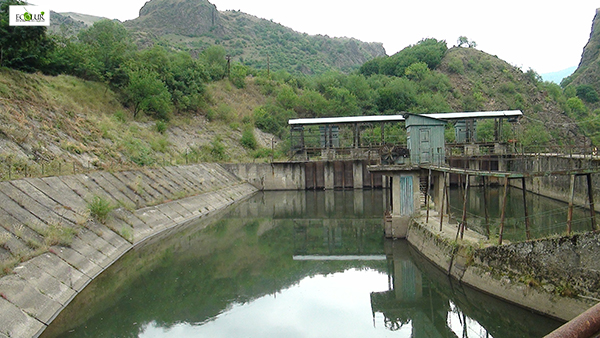 |
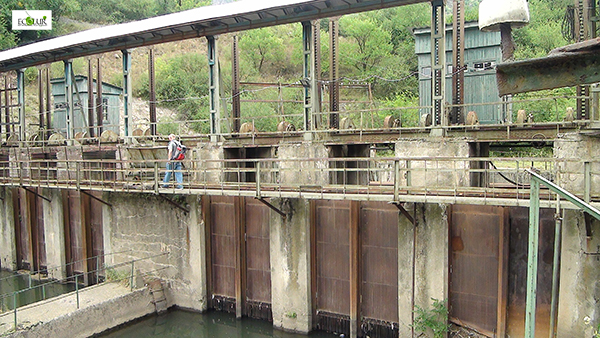 |
 |
 |
 |
 |
 |
 |
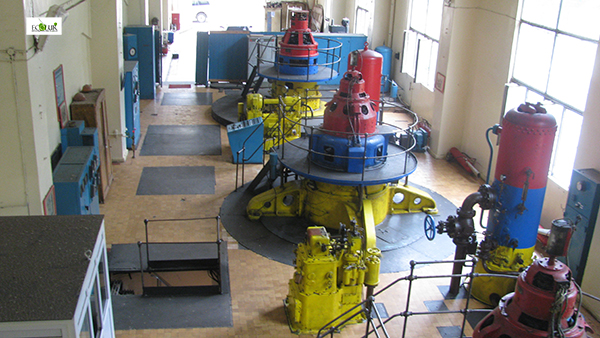 |
 |
 |
 |
 |
 |
 |
 |
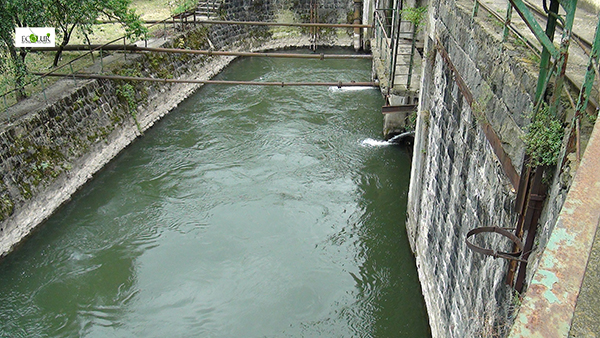 |
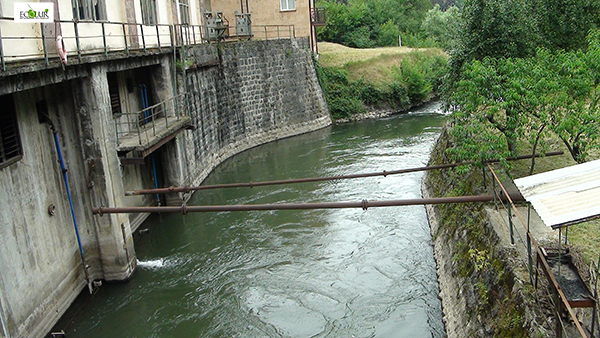 |
 |
|
The material was developed in the frames of “Supporting reforms in the sector of small hydro power plants through enabling a dialogue between civil society and the Ministry of Nature Protection for sustainable use of river ecosystems” supported by UNDP/GEF Small Grants Programme". |
February 01, 2016 at 18:19
